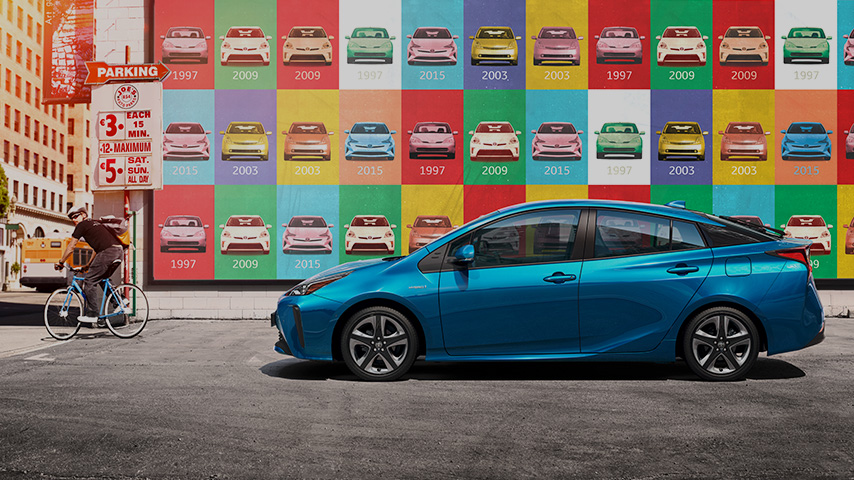Are you planning to buy a car? Do you know the specs you want for the unit you want to buy? Well, surely you have heard or read about “Euro 6 compliance” which every automotive dealer is bragging and talking about these days.
Although it might sound a very complex thing for a person who only wants to buy his/her first car, but then it is very important when buying a new vehicle. You can consider yourself a savior of Mother Nature since Euro 6 compliance is about setting the standards in reducing the pollutants from different automotive vehicles especially the millions of light vehicles running around the world. If you buy a unit that complies with the Euro 6 standards, then that would mean less pollutants emitted.
Data shows that the biggest contributor in air pollution are the automotive vehicles we drive everyday in going to the office or anywhere we want. This is why the European Union created the term “Euro compliance,” it is the formation of standards on acceptable limits for new units for their exhaust emissions and this includes cars, trains, trucks, buses and tractors, excluding air and sea ships.
From Euro 1 compliant in 1993 to Euro 6 compliant which would take place in year 2014, at present Euro 5 is the one being used by manufacturers in their standard as of 2009. The standards are actually becoming stricter, tougher and efficient creating an enormous amount of challenge to automotive manufacturers on how to improve their units and make it more fuel efficient. As what Automotive Engineers usually said, “The more efficient your unit becomes the lesser carbon monoxide it would produce.”
Now, not only the European Union is using the set of standards in automotive manufacturing but also almost around the world and not surprisingly even the third world countries are now starting to comply with it, although they are starting at Euro 3 standard.
Here are some of the parameters in Euro 5 compliant
Units running in natural Gas, LPG or Petrol Vehicles
- Hydrocarbons – 100 mg/km
- Nitrogen Oxides- 60 mg/km
- Non-methane Hydrocarbons – 68 mg/km
- Carbon Monoxide – 1000 mg/km
Units running in Diesel Fuel
- Combined Hydrocarbons – 50 mg/km
- Nitrogen Oxides – 180 mg/km
- Carbon Monoxide – 500 mg/km
Although there are categories that should also be considered
One solution that automotive manufacturers especially in diesel consuming units found is the usage of ECU or Engine control unit which we commonly see on gasoline engine. We could easily say that they started installing electronic devices in our diesel engine which we usually see’s on high end gasoline units once.
Studies have shown that units incorporated with an ECU is more likely to be fuel efficient compared to the old ones. But for most of the owners of old units, becoming fuel efficient and a Euro compliant takes place in adding some accessories which is compatible to their unit. A combination of installing turbo chargers and some pickup truck accessories would surely give some owners a new thing in fuel efficiency.

